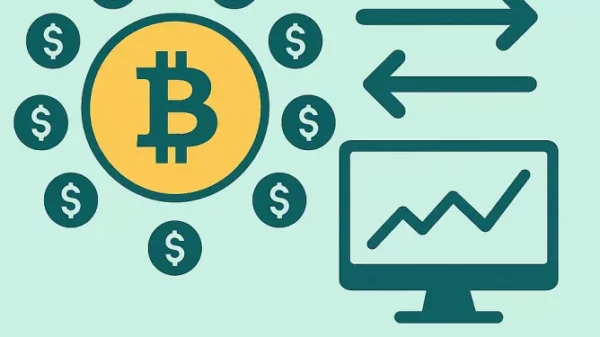The internet has completely changed the way we connect with one another across the world. However, the one particular type of internet that has revolutionized such connectivity further is fiber internet.
Compared to cable internet, a fiber internet connection provides tons of more benefits. That’s why most internet providers these days offer fiber service over cable to those who require the best internet connectivity.
That being said, to understand exactly how fiber internet is revolutionizing connectivity, we need to dig a bit deeper.
Faster Download and Upload Speeds
Business.com reports that most fiber internet connections clock in at around 1 Gbps gigabits per second (Gbps), which is a very high speed. The speed mostly depends on two things – the internet provider and the available fiber internet plans. Based on these two things, your upload speeds, as well as your download speeds, will vary to some extent.
Of course, it’s not necessary that fiber speeds will be limited to 1 Gbps. According to WOW!, it’s possible to opt for a fiber internet plan that provides speeds of up to 1.2 Gbps.
Cable internet, on the other hand, will give you speeds between 5 and 50 megabits per second (Mbps). This is significantly lower than fiber optics. In fact, fiber internet speed is almost 20 times faster than cable internet. It’s also 80 times faster than digital subscriber line (DSL) internet.
Faster internet speed has made it possible for people to communicate with one another across the world in real-time. Such communication includes both audio and visuals. Hence, from high-quality audio calls to high-definition video streaming, everything is possible thanks to fiber internet, which is at very high speeds.
Low Signal Loss
Fiber optic cables are perfect when long-distance data transmission is required. That’s mostly due to their high-speed capabilities as well as their low signal loss.
As told by TechTarget, fiber cables utilize optical technology instead of electrical signals. That, in turn, allows data to be transmitted through light pulses. As glass does not conduct electricity, fiber optics is not affected by electromagnetic interference. This minimizes signal losses. This further helps fiber internet maintain reliable connections over vast distances.
Using fiber optics in long-distance communication has several advantages. The high speed and low signal loss allow rapid transmission of large volumes of data. Also, since fiber cables are immune to electromagnetic interference, they guarantee uninterrupted transmission even in environments where there’s heavy electrical activity.
High-Quality Online Streaming
Fiber internet has fast response times with low signal loss. These capabilities are well-utilized in various use cases.
Businesses are able to transfer important files and data from one country to another in seconds. Streaming services can set up their servers in one country and provide services to nearby countries with minimum signal loss.
Faster response times also make online gaming experiences much more enjoyable. Reduced latency means reduced ping times, which makes for the perfect, seamless online gaming experience.
According to Vintage is The New Old, even the best quality cable internet will have a ping of 33-40 ms. However, when you switch to fiber, you can expect the ping to drop to a 21-22 ms range and stay stable there.
Maximum Efficiency in Internet of Things (IoT) Applications
IoT helps connect your day-to-day devices with one another and helps establish communication between them. Hence, the network that supports such IoT-based applications must cover great physical distances to support efficient data transmission and communication. In such cases, good signal strength, high-speed connectivity, and proper security are vital.
Fiber optics is a perfect fit for IoT applications. Fiber optic devices like switches, PoE devices, media converters, etc., facilitate better IoT connectivity.
Fiber internet helps increase the geographical distance of transmission. Also, since fiber optics transfer data in the form of light and not electricity, it’s nearly impossible to eavesdrop on the communication channels. This makes fiber connection a very secure choice for IoT applications, especially in offices and industries.
Also, since fiber optics support more bandwidth, it’s possible for more IoT devices to connect to the network. As these devices rely on sensors a lot, you can connect hundreds of sensors to the IoT network. They can then work flawlessly by providing data to the necessary network nodes in real-time.
In conclusion, there can be no doubt that fiber internet is indeed revolutionizing connectivity. From our home internet to the ones used by businesses and large corporations, fiber optics is being used everywhere. It’s safe to assume that soon enough, fiber optics will replace traditional cable internet entirely.




























































